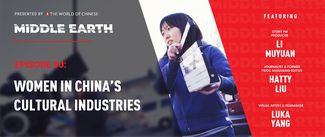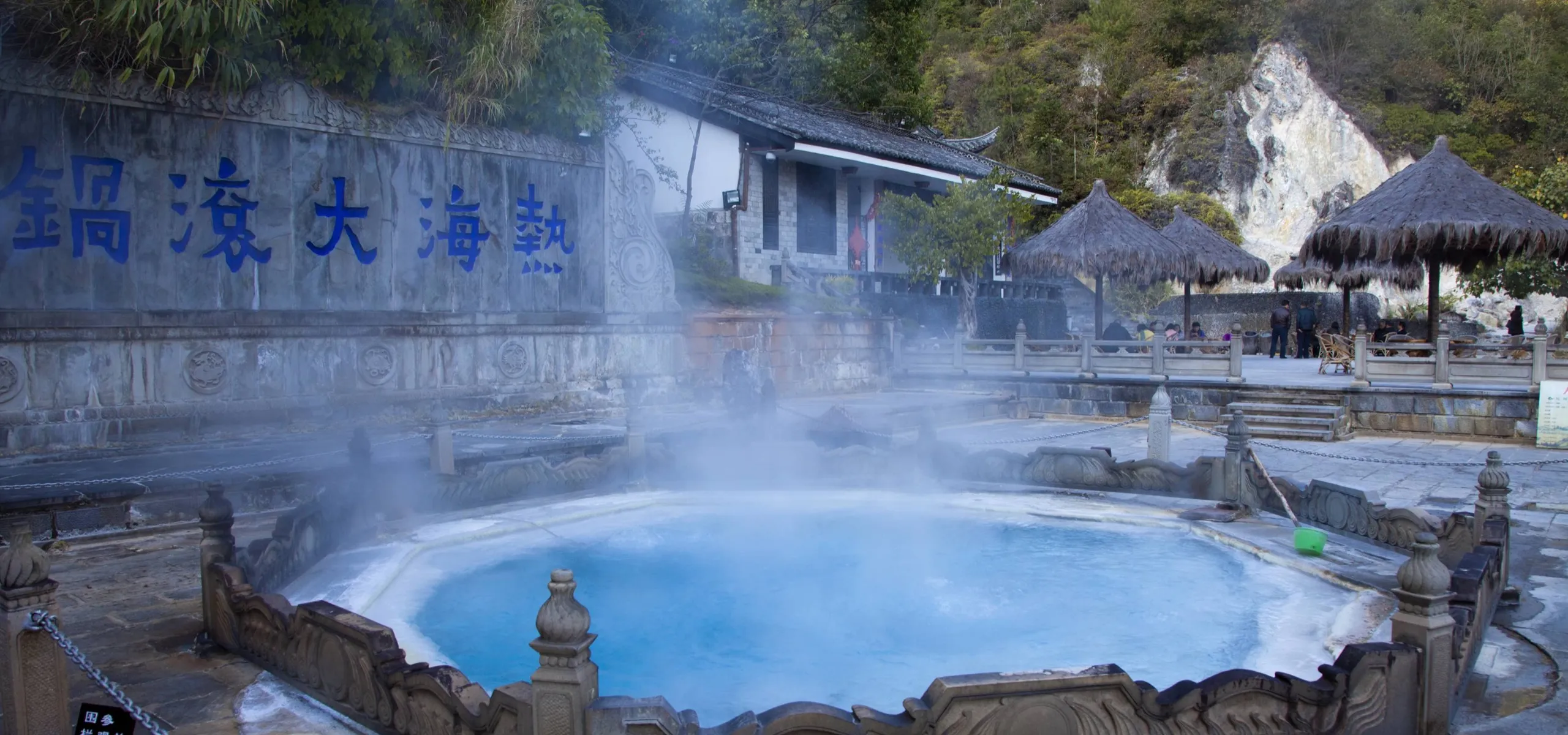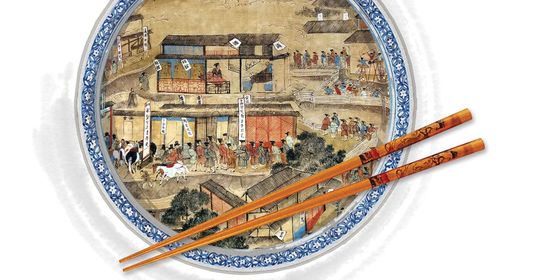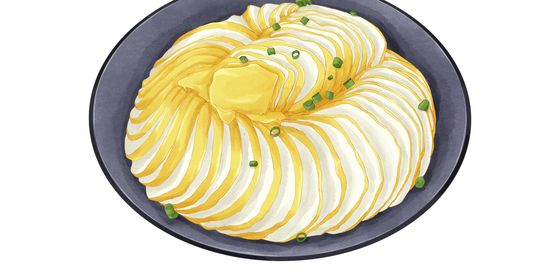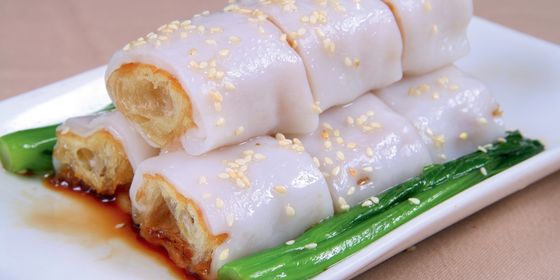What secrets bubble beneath the surface of China’s miraculous hot springs?
There’s nothing like a hot bath to reinvigorate the soul. In fact, according to Chinese folklore, natural hot springs can have magical healing properties. In The Classic of Mountains and Seas (《山海经》), a collection of tales written during the Warring States period (475 – 221 BCE), one story recounts a hunter seeing a wounded deer running through the woods. The deer heads into a hot spring, and reemerges miraculously healed.
Today, hot springs around the country are still prized for their health benefits. The mineral-rich water in the springs at Mount Li, an extinct volcano in Xi’an, Shanxi province, has been considered to have healing properties for over 2,000 years and is said to cure rheumatism, arthritis, and skin diseases.
In the Tang dynasty (618 – 907), emperor Tang Xuanzong (唐玄宗) expanded and renovated the Huaqing Palace (华清宫) at the foot of the mountain. Yang Guifei (杨贵妃), the emperor’s favorite concubine, is said to have bathed in the 43 degree Celsius waters here all year long, to moisturize her skin. In 747, the romantic emperor is even said to have constructed the Begonia Pond, a hot spring in the shape of a blooming begonia, to celebrate their love, which visitors can still see today.






